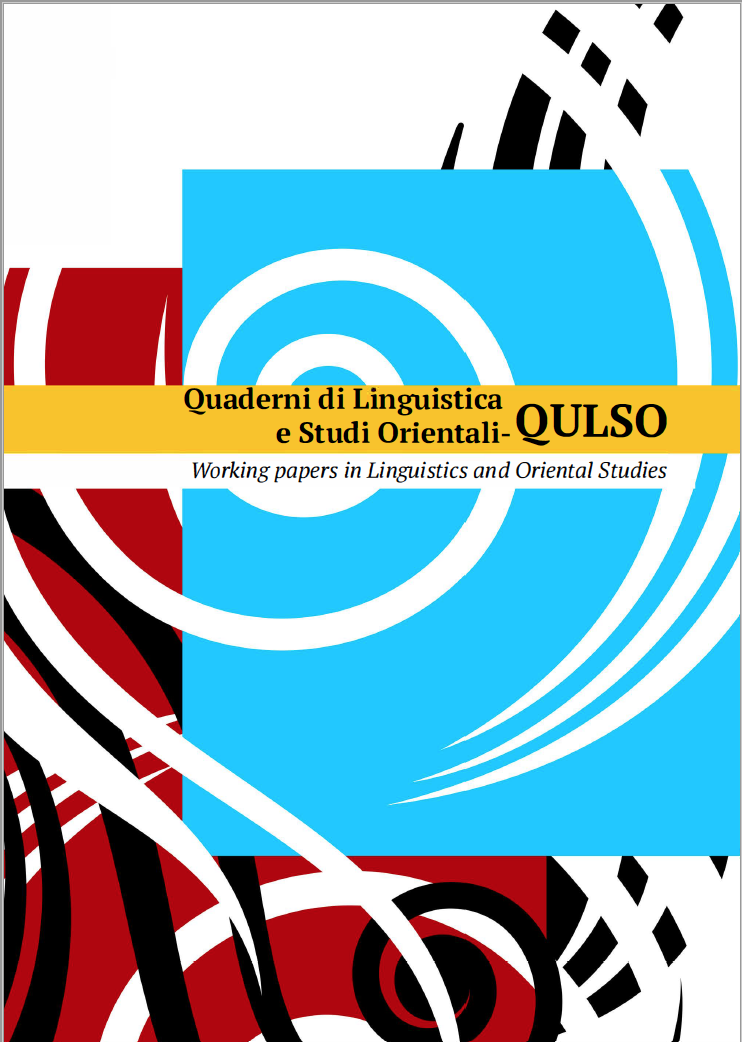Abstract
In this paper we will analyse the production and interpretation of the forms of the present perfect (passato prossimo) in children’s Italian. Young children use past or perfective forms mainly to refer to telic predicates and present or imperfective forms mainly to refer to atelic predicates: the Aspect First Hypothesis (Antonucci and Miller 1976). We will focus on the distribution of auxiliaries in the first forms of the present perfect. First, since in Italian there are two auxiliaries, be for unaccusatives and have for transitives, we will show that be is mastered earlier than have: children properly assign be to unaccusatives which are inherently telic predicates and have to transitives and unergatives which are atelic. Second, we will test the validity of the Aspect First Hypothesis by presenting the results of two experimental tasks: the production and the comprehension of the perfective forms of have with telic and atelic predicates. The results will show that the aktionsart of verbs is relevant to account for the production of early auxiliaries till the age of 5. Furthermore, the perfective reading is not interpreted properly with atelic unergatives till later stages (7 years). We propose that telicity is not matched with the perfective morphology, but the presence of an overt direct object, that measures out the event denoted by the verb, triggers the production of the present perfect in child Italian. The syntax of verb classes influences the early aspectual interpretation.



